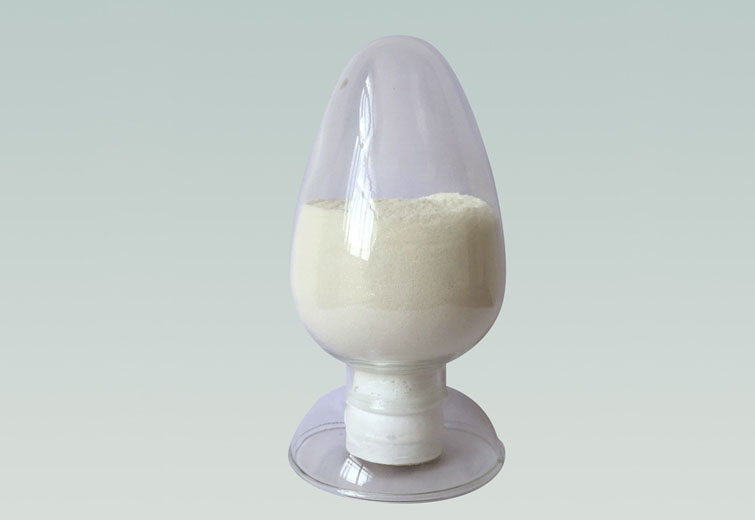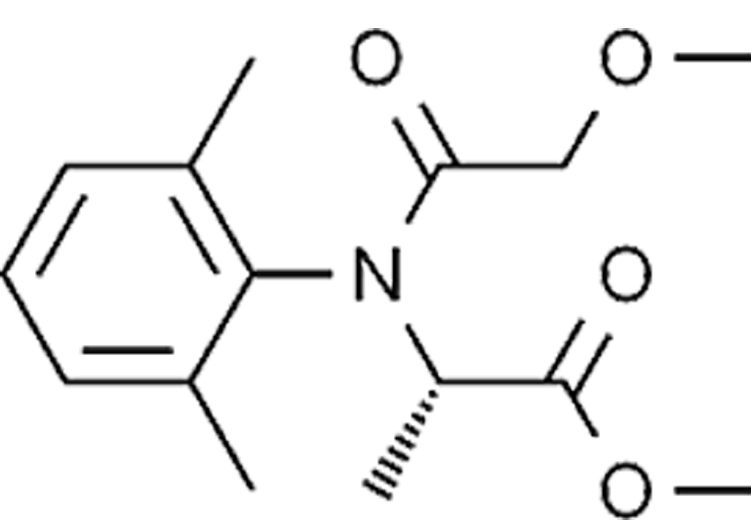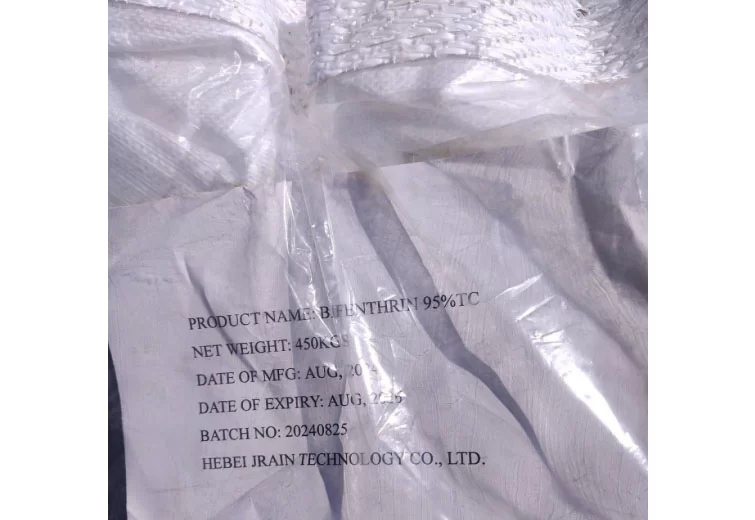
Thiram
1..Control of Root Rot Disease in Fruit Tree Seedlings
Mix 8-10 grams of 50% wettable powder solution with 10-15 kilograms of fine soil. Use 1/3 as a base layer and 2/3 for covering after sowing.
Before winter, apply 8 times the concentration of 50% wettable powder solution to the young tree trunks of citrus, peach, and other fruit trees to prevent rabbits and rats from gnawing.
2. Seed Treatment for Controlling Seedling-Transmitted Diseases
For seedling diseases such as root rot, sudden stand disease, and black spot disease of cabbage, cauliflower, and melon, use 0.3%-0.4% of 50% wettable powder solution for seed coating.
3. Soil Treatment for Controlling Seedling Diseases, Root Rot and Sudden Stand Disease
Mix 8 grams of 50% wettable powder solution with 20 kilograms of fine soil. Use 1/3 of the mixture as a toxic layer and the remaining 2/3 for covering during sowing.
4. Control of Black Spot Disease in Green Onions and Onions
After removing the diseased plants, apply toxic soil mixed with 80-100 times the concentration of fine soil. Scatter it in the diseased holes.
5. Spray with 50% wettable powder solution at a concentration of 500-800 times to control diseases such as powdery mildew, powdery mildew, and anthracnose of cabbage, tomato late blight, early blight, leaf mold, bean anthracnose, pea brown spot, leek purple spot, and black spot.
6. Seed Treatment for Controlling Diseases Transmitted by Crops
Spray 250 grams of 50% wettable powder solution per 50 kilograms of seeds or soak the seeds in 50% wettable powder solution at a concentration of 500-1000 times for 2-3 days.
7. Control of Black Spot Disease of Corn and Sorghum
Use 250 grams of 50% wettable powder solution per 50 kilograms of seeds.
8. Control of Black Spot Disease of Millet
Use 150 grams of 50% wettable powder solution per 50 kilograms of seeds.
9. Control of Stem Rot Disease of Wheat
Apply 250 grams of 50% wettable powder solution per acre, mixed with 15-25 kilograms of fine soil, and scatter it.
10. Control of Sour Black Spot Disease, Root Rot Disease, Stem Rot Disease of Barley, and Hard Black Spot Disease of Buckwheat
Use 150-250 grams of 50% wettable powder solution per 50 kilograms of seeds.
11. Control of Leaf Rot and Stem Rot, Powdery Mildew of Wheat
Spray with 500 times the concentration of 50% wettable powder solution.
12. Seed Treatment for Controlling Diseases Transmitted by Oil Crops
Spray 125 grams of 50% wettable powder solution per 50 kilograms of seeds. Spray 500-800 times the concentration of 50% wettable powder solution at a rate of 50-75 kilograms per acre every 5-7 days for 2-3 times.
13. Control of Root Rot, Black Spot, Brown Spot, and Purple Spot of Soybeans
Use 150 grams of 50% wettable powder solution per 50 kilograms of seeds.
14. Control of Black Spot and Brown Spot of Soybeans
Start spraying 500-1000 times the concentration of 50% wettable powder solution at the initial stage of the disease. Spray 50 kilograms of the pesticide solution per acre, every 15 days, for 2-3 times.
15. Control of Crown Rot Disease of Peanut
Use 100 grams of 50% wettable powder solution per 50 kilograms of seeds. 16. Control of Stem Spot Disease in Sesame
Mix 150 grams of 50% wettable powder with 50 kilograms of seeds for sowing.
17. Control of Sweet Beet Blight and Root Rot
Mix 400 grams of 50% wettable powder with 50 kilograms of seeds for sowing. If 200-400 grams of 50% methanofos bicarbonate wettable powder and 200-350 grams of 70% thiram wettable powder are mixed and used to sower seeds, the disease prevention effect will be better. For root rot prevention, the pesticide can also be made into a toxic soil and applied by trenching or hole planting.
18. Tobacco Disease Control Tobacco Root Rot
Mix 500 grams of 50% wettable powder with 500 kilograms of warm bed soil for soil treatment. To control tobacco black rot, apply 500 times the 50% wettable powder solution at the initial stage of the disease, and pour 100-200 milliliters of the solution per plant. To control tobacco anthracnose, apply 500 times the 50% wettable powder solution at the initial stage of the disease and spray it on the plants.
19. Control of Black Root Disease and Ring Spot Disease in Cotton
Mix 200 grams of 50% wettable powder with 50 kilograms of seeds for sowing.
20. Control of Limpet Disease in Flax and Linseed
Mix 100 grams of 50% wettable powder with 50 kilograms of seeds for sowing. Preferably use the double mixture of seed treatment instead of methanofos bicarbonate.
21. Control of Black Spot Disease in Northern Codonopsis
Mix 150 grams of 50% wettable powder with 50 kilograms of seeds for sowing.
22. Control of Streak Disease in Yam
Start spraying 500-600 times the 50% wettable powder solution before or at the initial stage of the disease. Spray once every 7-10 days for 2-3 times.
23. Control of Flower Diseases in Flowers
Soak the bulbs of gladiolus in 70 times the 50% wettable powder solution for 30 minutes before planting.
24. Control of Leaf Spot Disease in Goldfishweed
Mix the seeds with 0.2% – 0.3% of 50% wettable powder for sowing.
25. Control of Root Rot in Various Flowers including Chrysanthemum
Mix 500 grams of 50% wettable powder with 500 kilograms of seedbed soil for soil treatment and apply it to the soil, or apply 100 grams of the pesticide and 50 kilograms of water to spray the roots per plant, with 500 milliliters of the solution for each plant.
26. Control of White Root Rot in Various Flowers including Orchids, Cyclamen, Tulips, and Marigolds
Mix 5-10 grams of 50% wettable powder per square meter, make it into toxic soil and apply it to the soil, or apply it to the planting hole before planting.
27. Control of Stem Spot Disease in Pine Trees
Mix 250 grams of 50% wettable powder with 50 kilograms of seeds for sowing.
Inquiry Now
What Our Customers Say About Thiram
Thiram FAQs
-
80%High PurityEnsure the reliability of each product.
-
58%Fast-Acting FormulaQuickly provide visible effects
-
What diseases does Thiram control effectively?
What diseases does Thiram control effectively?
Thiram is highly effective against seed and soil-borne fungal pathogens including damping-off (Pythium, Rhizoctonia), smuts (Ustilago spp.), and certain foliar diseases like apple scab. It's widely used as a seed treatment in cereals, cotton, and vegetables, providing critical early-season protection during germination and seedling establishment.
-
How does Thiram function as a fungicide?
How does Thiram function as a fungicide?
As a dithiocarbamate (FRAC Group M3), Thiram disrupts fungal metabolism by inhibiting multiple enzyme systems. Its multi-site contact action forms a protective barrier on treated surfaces, preventing spore germination and mycelial growth without systemic activity, making resistance development unlikely.
-
Can Thiram be used as an animal repellent?
Can Thiram be used as an animal repellent?
Yes, Thiram serves dual purposes as both fungicide and bird/animal repellent. When applied to seeds or seedlings, its unpleasant taste deters birds and rodents, significantly reducing crop damage while simultaneously protecting against soil-borne pathogens.
-
How should Thiram be applied for optimal results?
How should Thiram be applied for optimal results?
For seed treatment, use slurry or dry formulations at 2-3g/kg seed. As foliar spray, apply 1.5-2.5kg/ha with thorough coverage. Soil drenches (0.2% solution) protect seedlings. Treatment timing is critical - apply before pathogen exposure for maximum efficacy.
-
What safety precautions are necessary with Thiram?
What safety precautions are necessary with Thiram?
Use full PPE during handling due to moderate acute toxicity. Avoid inhalation of dust and skin contact. Implement 24-48 hour REI. Prohibited near water sources due to fish toxicity. Adhere to strict pre-harvest intervals (typically 7-14 days for edible crops).
















